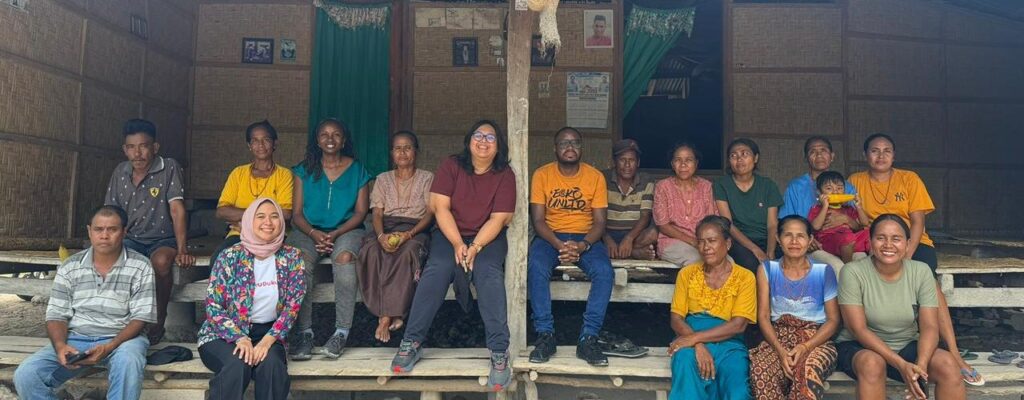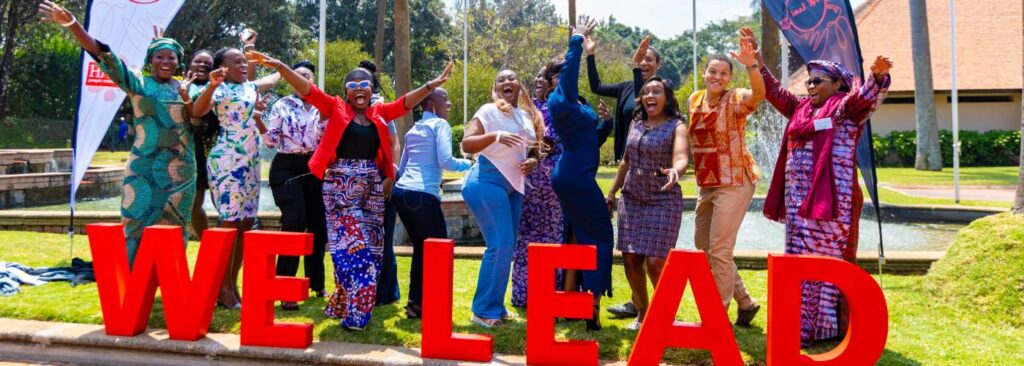AWCFS: Treaty to end workplace violence and harassment ready for adoption by ILO
By Faith Muiruri. This story was published on Kenyan Woman, a monthly online newspaper produced by the Women@Work Campaign partner African Woman and Child Feature Service.
On June 10th, 2019, the International Labour Conference (ILC) will convene its 108th Session during which the proposed instrument on Ending Violence and Harassment in the World of Work will be discussed and tabled for adoption.
The proposed ILO convention, the first of its kind, is designed to protect scores of women and other vulnerable groups from sexual violence and harassment in the world of work.
The Convention seeks to provide a legal framework for the prevention, protection and redress against violence at the world place.
Lobbying has reached fever pitch with women rights activists advocating for the adoption of both the convention with recommendations. Partners under the Women@Work Campaign have added their voices in calling for a strong and inclusive Convention supplemented with a recommendation by a majority of the 187 ILO Member States to make it a legally binding treaty.
The proposed legislation therefore presents a novel opportunity to strike a decisive blow on perpetrators of sexual violence at the work place.
In its preamble, the convention defines “violence and harassment” in the world of work as a range of unacceptable behaviors and practices, or threats, whether a single occurrence or repeated, that aim at, result in, or are likely to result in physical, psychological, sexual or economic harm, and includes gender-based violence and harassment.
According to the Convention, gender-based violence and harassment disproportionately affects women and girls. To end such violence in the world of work, there is need for the adoption of an inclusive, integrated and gender-responsive approach, which tackles underlying causes and risk factors, including gender stereotypes, multiple and intersecting forms of discrimination and unequal gender-based power relations.
The spirit and mood of the new law offers a major relief to all workers irrespective of their contractual status, persons in training, including interns and apprentices, or workers whose employment has been terminated.
Further, the law protects volunteers, job seekers and job applicants, in all sectors, both in the formal and informal economy, and whether in urban or rural areas.
Scenario where violence is likely to occur
Article 3 of the Convention highlights different scenarios where violence and harassment is likely to occur:
(a) In the workplace, including public and private spaces where they are a place of work;
(b) In places where the worker is paid, takes a rest break or a meal, or uses sanitary, washing and changing facilities;
(c) During work-related trips or travel, training, events or social activities;
(d) Through work-related communications enabled by information and communication technologies;
(e) In employer-provided accommodation; and
(f) When commuting to and from work.
In addition, Article 4 of the Convention acknowledges that victims and perpetrators of violence and harassment in the world of work can either be employers and workers, and their respective representatives.
Third parties can also be perpetrators and victims either as clients, customers, service providers, users, patients and members of the public.
World of work free from violence and harassment
If ratified, the law sets in motion a world of work free from violence and harassment. Each Member State is to adopt, in accordance with national law and circumstances and in consultation with employers’ representative and workers’ organizations, an inclusive, integrated and gender-responsive approach for the elimination of violence and harassment in the world of work. This includes:
a) Prohibiting in law violence and harassment;
b) Ensuring that relevant policies address violence and harassment;
(c) Adopting a comprehensive strategy in order to implement measures to prevent and combat violence and harassment;
(d) Establishing or strengthening enforcement and monitoring mechanisms;
(e) Ensuring access to remedies and support for victims;
(f) Providing for sanctions;
(g) Developing tools, guidance, education and training, and raising awareness; and
The Convention obligates member states to enact laws and regulations that compel employers to take steps to prevent violence and harassment in the work place by adopting and implementing, in consultation with workers and their representatives, a workplace policy on violence and harassment.
The law directs employers to put in place measures to prevent violence and harassment in the world of work, including:
(a) Identifying, in consultation with the employers’ and workers’ organizations concerned and through other means, the sectors, occupations and work arrangements in which workers and other persons concerned are more exposed to violence and harassment; and
(b) Taking measures to effectively protect such persons.
Enforcement and Remedial Measures
Article 11 outlines enforcement and remedial measures and singles out the following as key provisions:
- Monitoring and enforcement of national laws and regulations regarding violence and harassment in the world of work.
- Ensuring that workers and other persons concerned have easy access to appropriate and effective remedies and safe, fair and effective reporting and dispute resolution mechanisms in cases of violence and harassment in the world of work, including.
- Complaint and investigation procedures, as well as, where appropriate, dispute resolution mechanisms at the workplace level.
- Dispute resolution mechanisms external to the workplace.
- Courts or tribunals.
- Protection against victimization of or retaliation against complainants, victims, witnesses and whistle-blowers.
- Legal, social, medical and administrative support measures for complainants and victims.
- Protecting the privacy of those individuals involved and confidentiality, to the extent possible and as appropriate.
- Providing for sanctions, where appropriate, in cases of violence and harassment in the world of work.
- Providing that victims of gender-based violence and harassment in the world of work have effective access to gender-responsive, safe and effective dispute resolution mechanisms, support, services and remedies.
(f) Recognizing the effects of domestic violence on the world of work and taking measures to address them.
(g) Ensuring that workers have the right to remove themselves from a work situation which they have reasonable justification to believe presents an imminent and serious danger to life or health due to violence and harassment, without suffering undue consequences.
These provisions and the proposed convention come at an opportune moment when women human rights organizations are pushing for decent work within the framework of the Women@Work Campaign.
Started in 2012, the Women@Work Campaign is a product of Hivos that aims at promoting decent work for women who earn their living in global production chains, specifically in the flower industry.
Statistics show that sexual harassment remains a key issue in the Kenyan cut flower sector. However, the adoption and ratification of the proposed Convention will help in reducing incidences of violence and harassment targeted at workers.








